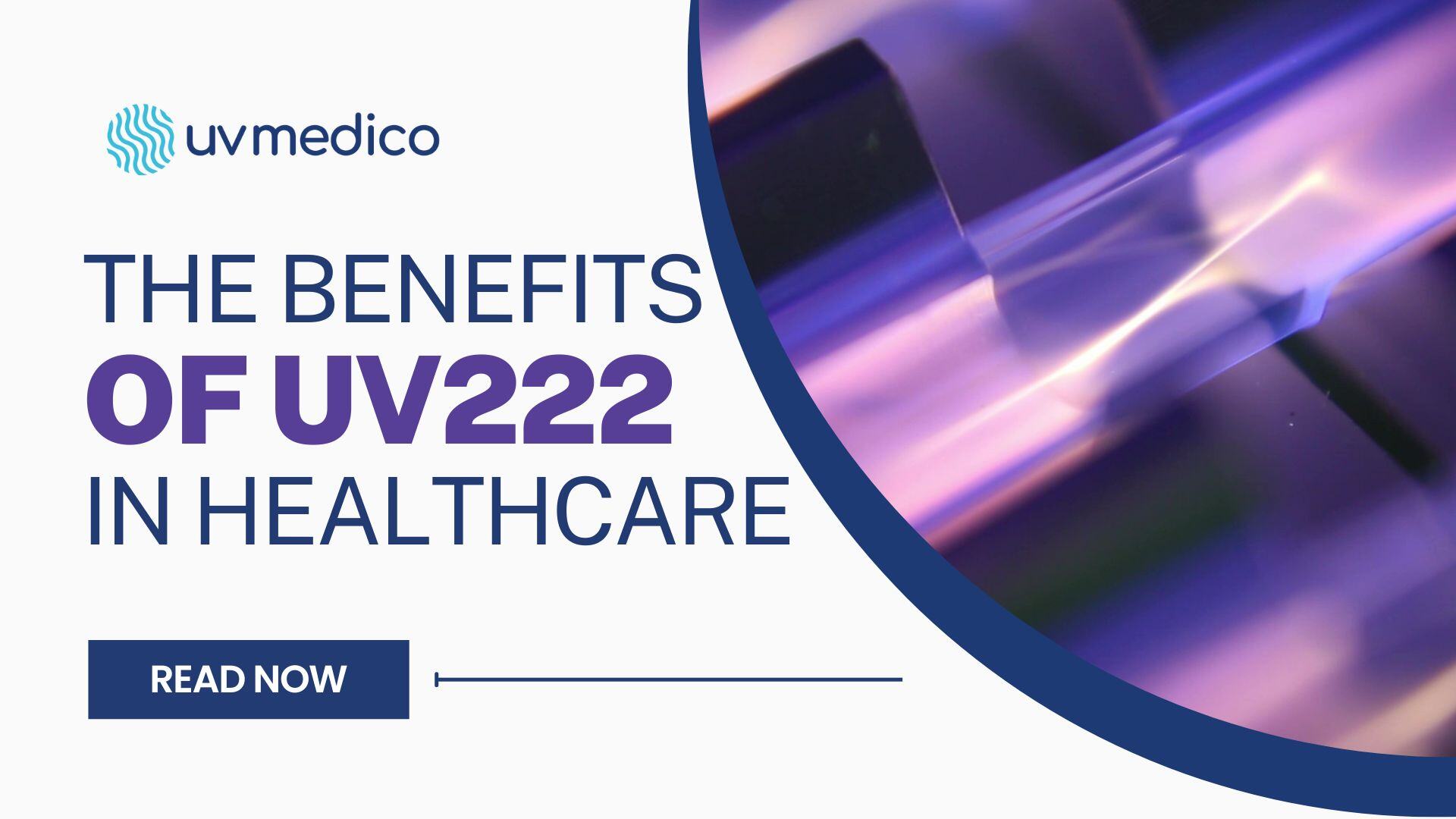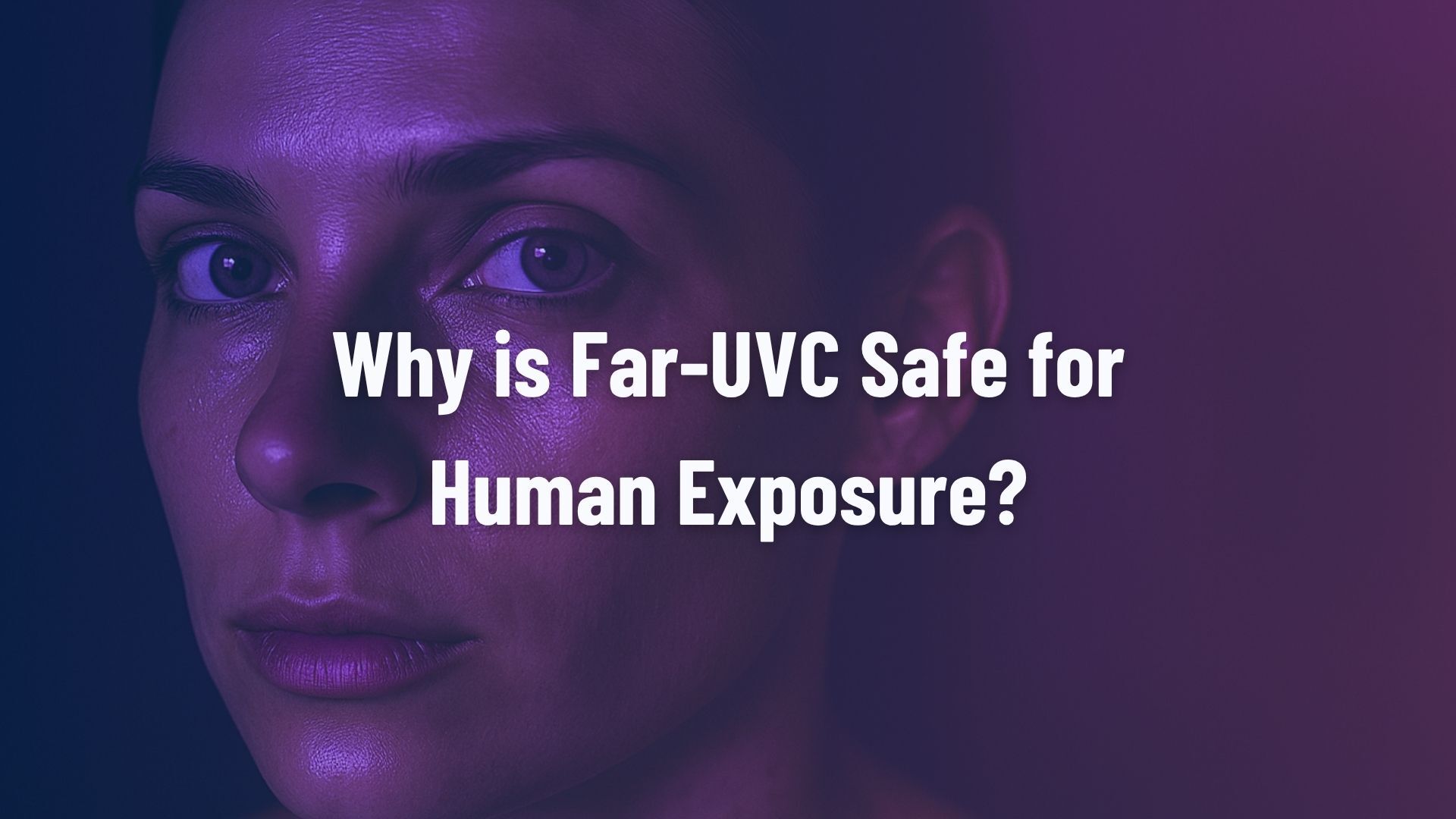3 min read
Improving Indoor Air Quality in Schools Using Far-UVC Light
 Cecilie Aaberg Meltofte
:
03 Sep, 2024
Cecilie Aaberg Meltofte
:
03 Sep, 2024
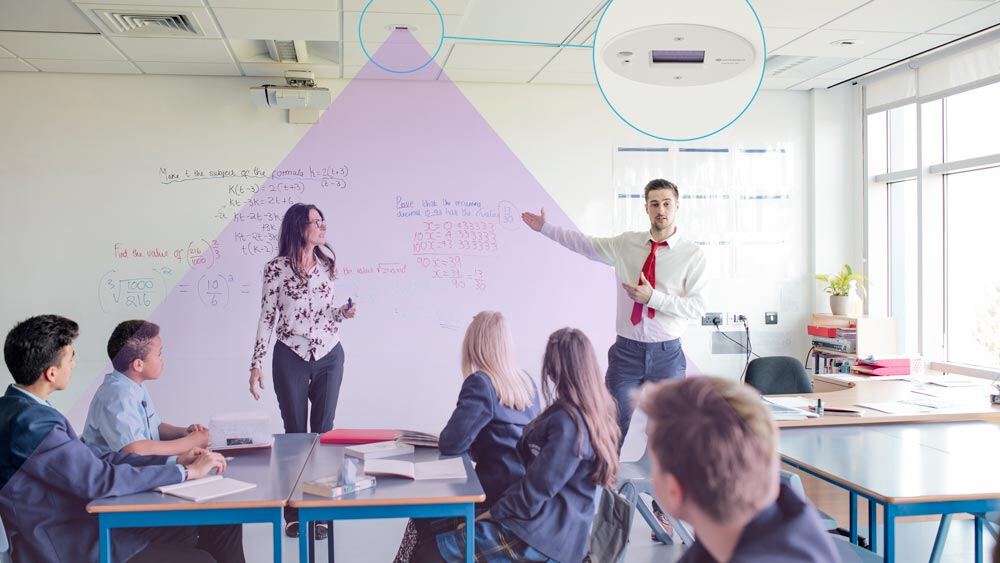
Indoor air quality in schools is a critical factor in the health and well-being of students and staff. Poor air quality can lead to a range of health issues, including allergies, asthma, and other respiratory conditions [1]. This is especially concerning in schools where children spend a considerable amount of their day and are in close contact with one another.
Schools often face challenges like crowded classrooms, limited ventilation, and the presence of various pollutants from cleaning products, building materials, and outdoor air. Research indicates that the conditions in schools are often inadequate and frequently much worse than those found in offices and homes [2]. These factors can contribute to an unhealthy indoor environment that not only affects health but also impacts learning and overall school performance. For instance, exposure to contaminants such as mold, dust, volatile organic compounds (VOCs), and airborne pathogens can cause a range of issues, from headaches to severe respiratory problems [3]. The consequences are not limited to health; poor air quality can also lead to increased absenteeism and reduced academic performance among students, as well as diminished productivity and more sick days for teachers and staff.
How Far-UVC Light Can Improve School Indoor Air Quality
Addressing these concerns requires adherence to regulatory standards like those from the Environmental Protection Agency (EPA) and the American Society of Heating, Refrigerating and Air-Conditioning Engineers (ASHRAE), which outline the necessary air quality levels and ventilation rates for schools. One effective method to enhance indoor air quality is the use of Far-UVC light, a technology that disinfects air by emitting ultraviolet light at 222nm, which destroys the DNA and RNA of harmful microorganisms, including bacteria, viruses, and other pathogens [4]. This continuous air purification process is particularly beneficial in schools, as it can be safely used in occupied spaces without posing a risk to students or staff.
Best Practices for Integrating UVC Light in Schools
Scientific studies have confirmed the efficacy of Far-UVC light in reducing airborne pathogens, such as those that cause influenza and other respiratory illnesses [5]. By integrating Far-UVC technology, like the UV222 Linear, into HVAC systems, schools can maintain a cleaner and healthier indoor environment. For effective implementation, it is important to target key areas within schools, such as classrooms, hallways, restrooms, and cafeterias, where high traffic and potential contamination are most likely.
Long-Term Advantages of Using UVC Light in Educational Institutions
Using Far-UVC light in schools has long-term benefits. One significant advantage is reducing absenteeism among students and staff. Fewer harmful germs in the air lead to fewer illnesses, resulting in better attendance and improved performance in the classroom.
Enhancing the trust of parents and school staff is another benefit. Knowing that the school takes proactive steps to maintain a healthy environment can provide peace of mind for everyone involved. This can lead to higher satisfaction and stronger community support.
Cost-efficiency and environmental benefits are also noteworthy. While the initial investment in Far-UVC light technology may be high, the reduced need for chemical disinfectants and fewer sick days can lead to cost savings in the long run. Additionally, Far-UVC light is an eco-friendly Mercury-free solution that does not rely on harsh chemicals, making it safer for the environment.
Far-UVC light plays a crucial role in improving indoor air quality in schools. By effectively killing harmful pathogens and ensuring cleaner air, UVC light helps create safer and healthier learning environments. The long-term benefits, such as reduced absenteeism, enhanced trust, and cost-efficiency, make it a valuable investment for any educational institution.
Are you interested in exploring how you can improve Indoor Air Quality - book a meeting with me here.
References
-
References
References
- Zhang, G., J. Spickett, K. Rumchev, A. Lee, and S. Stick, Indoor environmental quality in a ‘low allergen’school and three standard primary schools in Western Australia. Indoor Air, 2006. 16(1).
- Baloch, R.M., C.N. Maesano, J. Christoffersen, S. Banerjee, M. Gabriel, É. Csobod, . . . R. Prokai, Indoor air pollution, physical and comfort parameters related to schoolchildren's health: Data from the European SINPHONIE study. Science of the Total Environment, 2020. 739: p. 139870.
- Alford, K.L. and N. Kumar, Pulmonary Health Effects of Indoor Volatile Organic Compounds-A Meta-Analysis. Int J Environ Res Public Health, 2021. 18(4).
- Eadie, E., W. Hiwar, L. Fletcher, E. Tidswell, P. O'Mahoney, M. Buonanno, . . . K. Wood, Far-UVC (222 nm) efficiently inactivates an airborne pathogen in a room-sized chamber. Sci Rep, 2022. 12(1): p. 4373.
- Hessling, M., R. Haag, N. Sieber, and P. Vatter, UV dose list and Impact of far-UVC on pathogens, cells, skin and eyes. GMS, 2021. 16: p. 17.
 UV222™
UV222™ UV222 Linear
UV222 Linear UV222 Downlight
UV222 Downlight Vertex 222
Vertex 222.png) UV222 Pendant
UV222 Pendant.png) UV222 Booth
UV222 Booth.png) UV222 Step-On
UV222 Step-On.png) UV222 Cleanroom Downlight
UV222 Cleanroom Downlight UV222 Dual Downlight 60x60
UV222 Dual Downlight 60x60 UV222 Material Airlock
UV222 Material Airlock UV222 Ambulance
UV222 Ambulance UV222 Compact
UV222 Compact UV222 Industrial
UV222 Industrial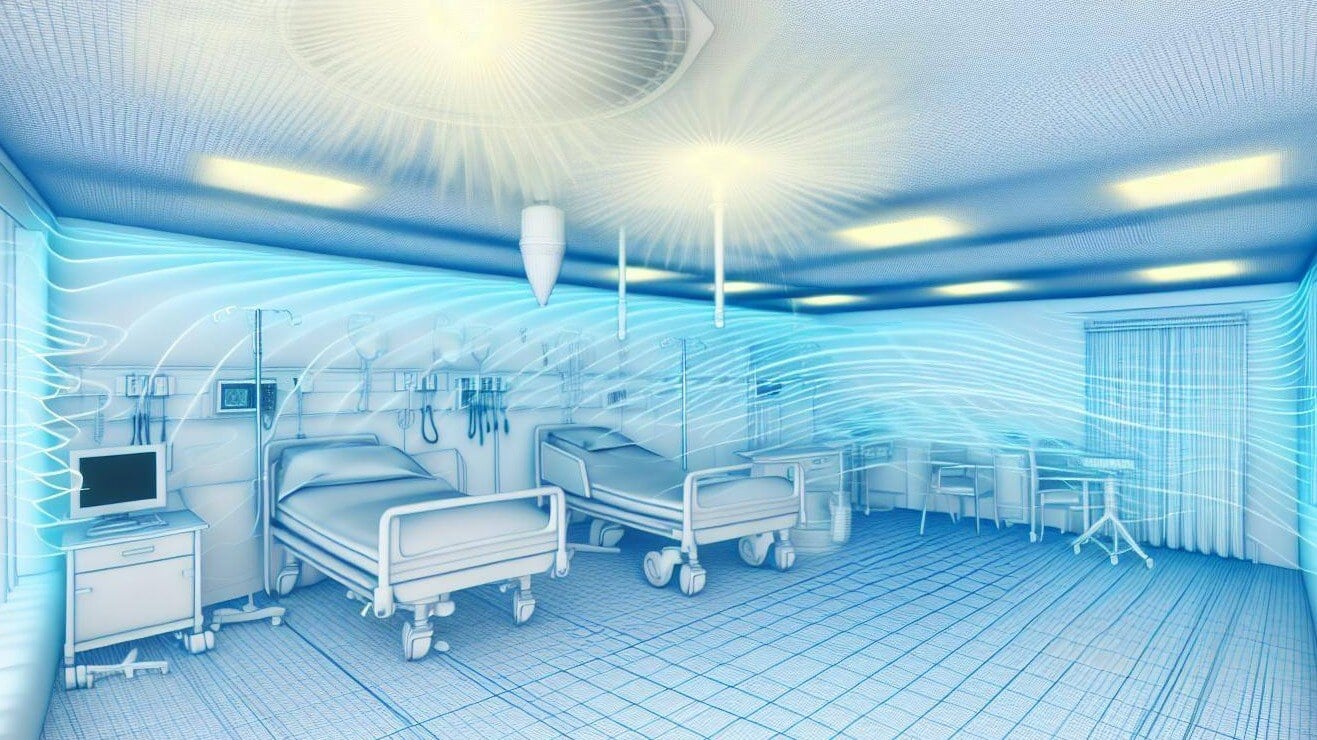
.jpg)
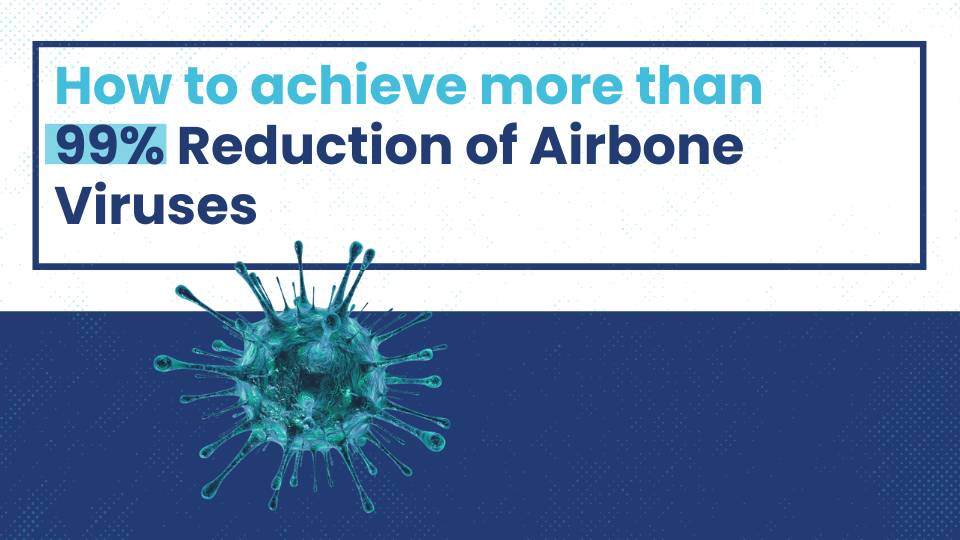

.jpg)
.jpg)
